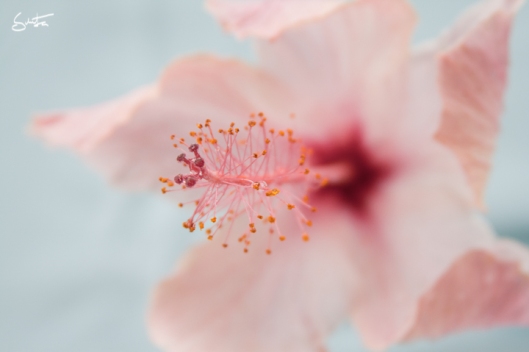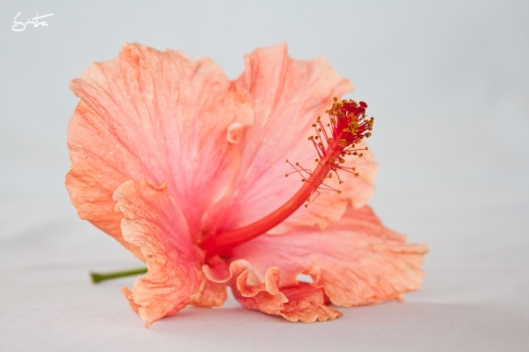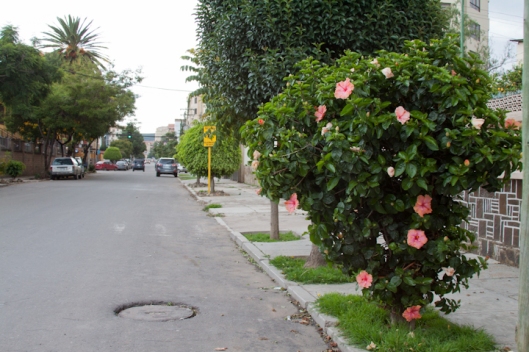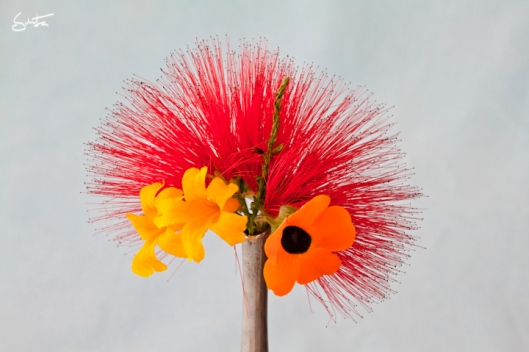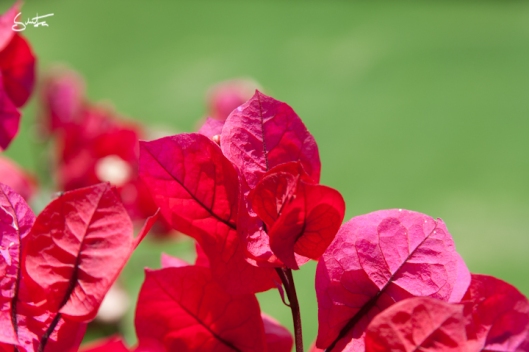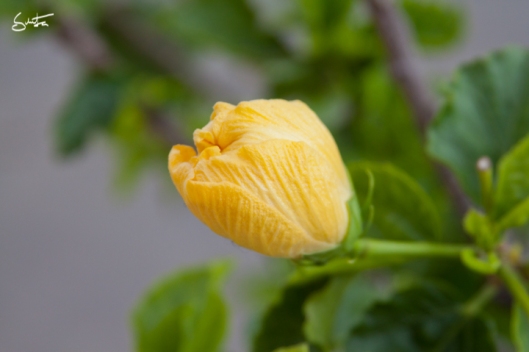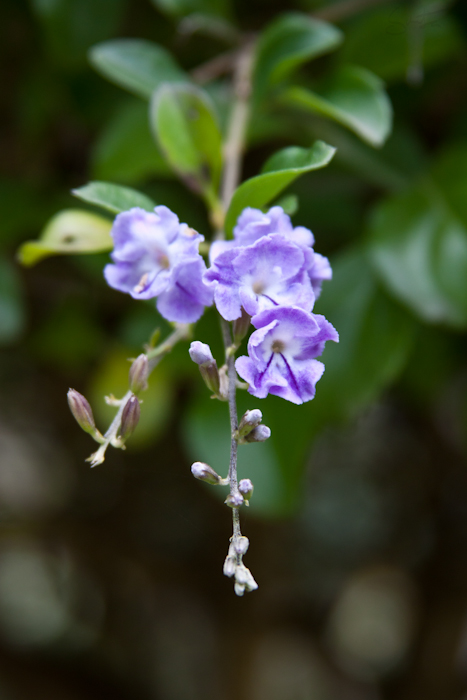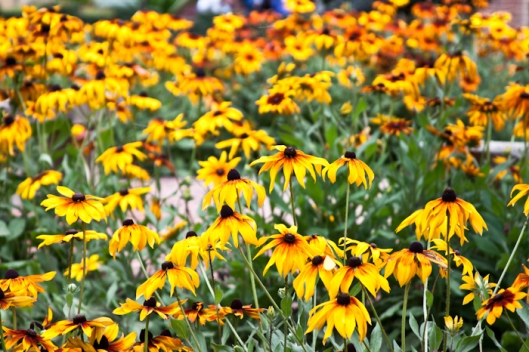Do Boliwii przyszla zima – ktora szczegolnie daje sie nam we wznaki w normalnie upalenej Santa Cruz. Temperatura utrzymuje sie okolo 20 stopni C w dzien, ale przy wilgotnosci powietrza powyzej 70% wydaje sie, ze jest duzo zimniej. A moze po prostu przyzwyczailismy sie do temperatur powyzej 30 stopni? Przeraza mnie troszke wizja powrotu na Stary Kontynent, pod wzgledem pogodowym oczywiscie:)
Temperatury zimowe wplynely bardzo na nasze zycie – w nocy spimy pod kocem i kurtkami, ubrani w spodnie, swetry i skarpetki; nie plywamy od jakiegos czasu w basenie, nie wypijamy juz hektolitrow wody z lodem i nie pocimy sie przez 24 godziny na dobe:)
Niezastapionym remedium na chlody stala sie goraca herbata!
Boliwia oduczyla mnie picia herbaty po ‘irlandzku’ – bardzo mocnej, niemal czarnej i zawsze z dodatkiem mleka. Tutaj takiej herbaty po prostu nie ma. Musialam wiec zastapic moj ulubiony napoj czyms miejscowym i na szczescie nie szukalam zbyt dlugo, bowiem od razu przypadla mi do gustu czarna herbata ‘Windsor’ z cynamonem i gozdzikami. ”Windsor’ to bodajze najpopularniejsza marka herbat w Boliwii, o szerokim asortymencie. Z herbatek ziolowych niezastapiana jest oczywiscie ‘koka’ i ‘anyzowka’ – dzialajace zbawiennie na ukladpokarmowy. Trudniej natomiast jest tutaj znalezc dobra herbatke mietowa…
W Santa Cruz, gdzie osiedlilo sie wielu Chinczykow, znalezlismy za to najpyszniejsza zielona herbate. Przy okazji dowiedzielismy sie, ze za najlepsza trzeba placic grube pieniadze, ale nam wystarczyla ta kupiona w supermarkecie za okolo €3 – z dodatkiem kwiatu jasminu.
Ostatnio na bazarku zas przebojem staly sie ‘jamajskie kwiaty’ – czyli po prostu kwiaty hibiskusa, ktore kupujemy na sztuki (5 za 10bs.) – a w domu przyzadzamy z nich cudnie aromatyczna, lekko kwaskowata, krwistoczerwona herbatke – podobno niesamowity antyoksydant.
A co do herbatki?
Nie ma to jak ‘Ciasteczka Freddiego’! Domowej roboty – kruche, lekko waniliowe i z duza iloscia najlepszej ciemnej czekolady ‘Para Ti’ z Sucre. Najsmaczniejsze sa zaraz po wystygnieciu, kiedy czekolada znajduje sie w stanie pol-plynnym:).
***
Winter came to Bolivia and although the temperature remains above 20 degrees C during the day, with the humidity above 70% it feels a lot colder. Or maybe we just got used to temperatures over 30 degrees? I am scared a bit about coming back to Europe, in terms of weather, of course :)
Winter temperatures affected of our lives a lot – at night we sleep under the blanket covered with our jackets, wearing pants, sweaters and socks. We stopped swimming in the pool some time ago, don’t drink hectoliters of water with ice as we no longer sweat for 24 hours a day: )
And when cold – there is nothing better than a cup of hot tea!
In Bolivia I quit drinking ‘Irish’ style tea – very strong (almost black) and always with milk. Here the tea is different. So I had to replace my favorite drink with something local and luckily I wasn’t looking for it too long, because I immediately fell in love with black tea ‘Windsor’ with cinnamon and cloves. ” Windsor ‘is probably the most popular brand of tea in Bolivia and offers a wide range of products. From herbal teas we drink ‘coka‘ and ‘anis‘ – great for digestion problems. I only miss a good mint tea…
In Santa Cruz, where many Chinese people live, we found the best green tea. We also learned that for the best chineese tea you have to pay a lot of money, but for us was enough the one we bought at the supermarket for about € 3 – with the addition of jasmine flower.
Winter is probably a season for ‘Jamaican flowers’ (Hibiscus) that are sold on every street fruit stand. We buy them by the piece – 5 for 10 bs. and at home we prepare a wonderfully aromatic, slightly sour, bloody-red tea – apparently great antioxidant.
And what we serve with tea?
There is nothing like ‘Freddy’s Cookies’! Homemade – crisp, light, with a slight vanilla scent and with a lot of the best dark chocolate from ‘Para Ti’ of Sucre. The best are eaten when the chocolate is hard on outside and melted inside :)




